Finnmark has two scenic routes; Havøysund and Varanger. The first scenic route we visited was Havøysund – which runs parallel to Nordkapp/the North Cape, from Kokelv to Havøysund.
This is the world´s northernmost scenic route, where you meet the clean Artic ocean and untouched mountains along the sea.
The Havøysund Sceníc route starts in Kokelv, which is a pleasant two hours drive from Alta. Most of this distance is along the E6, passing the desolate mountain range Sinnalandet. Here we got to see several reindeer, – for the first time in my life!
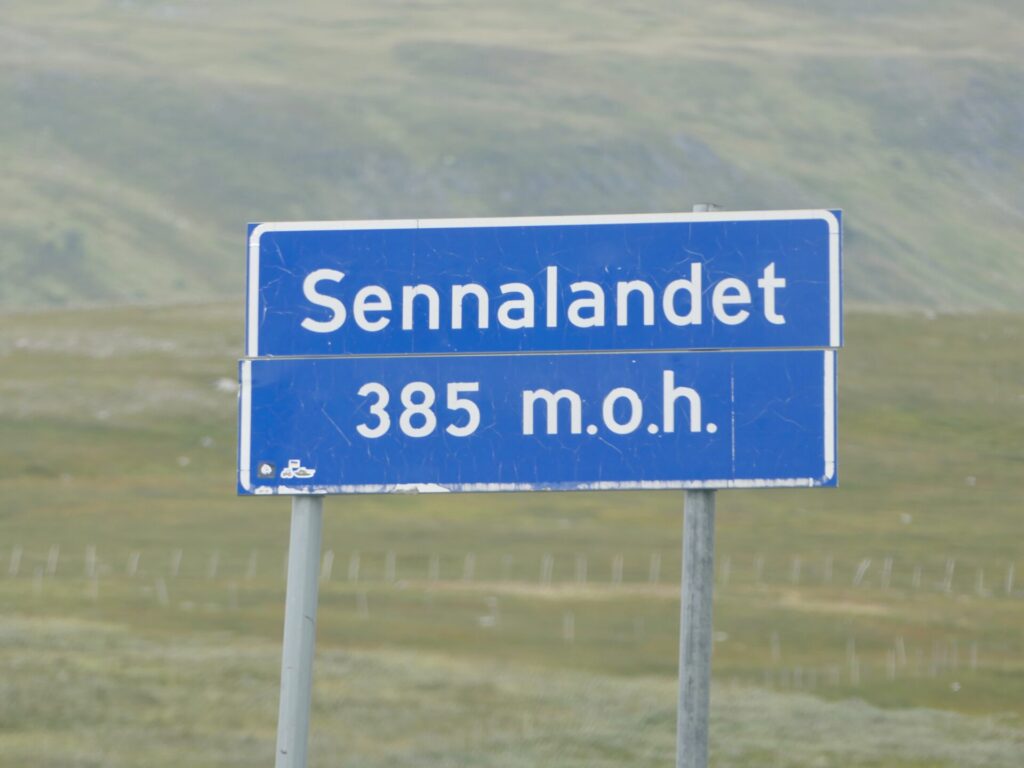
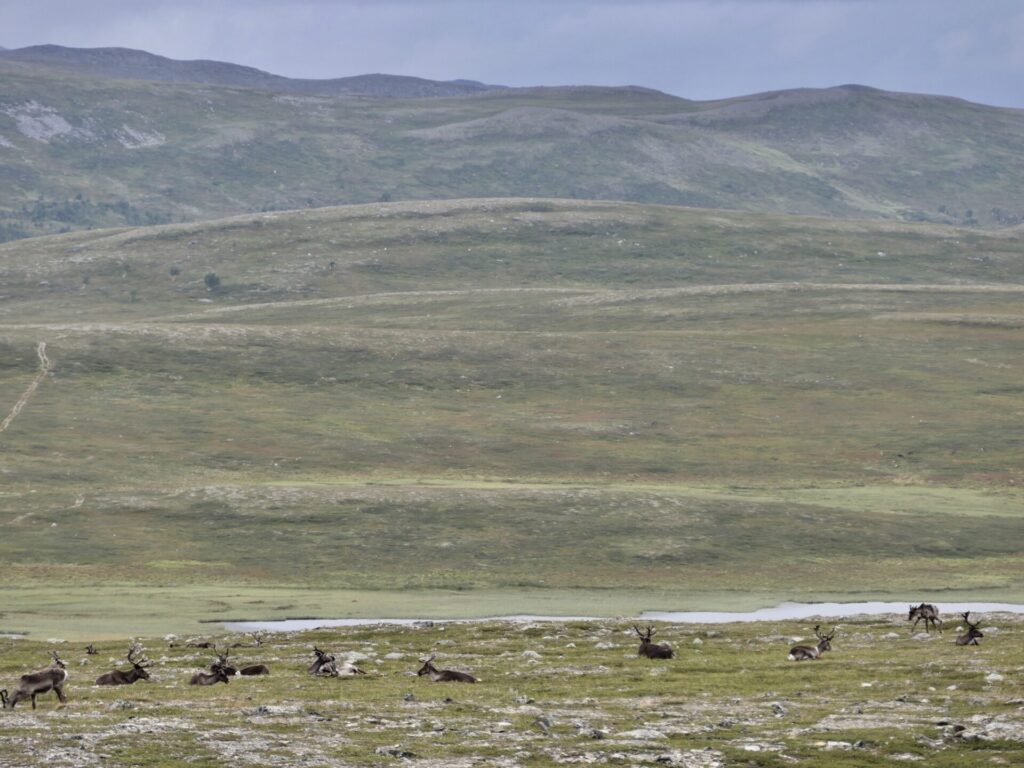
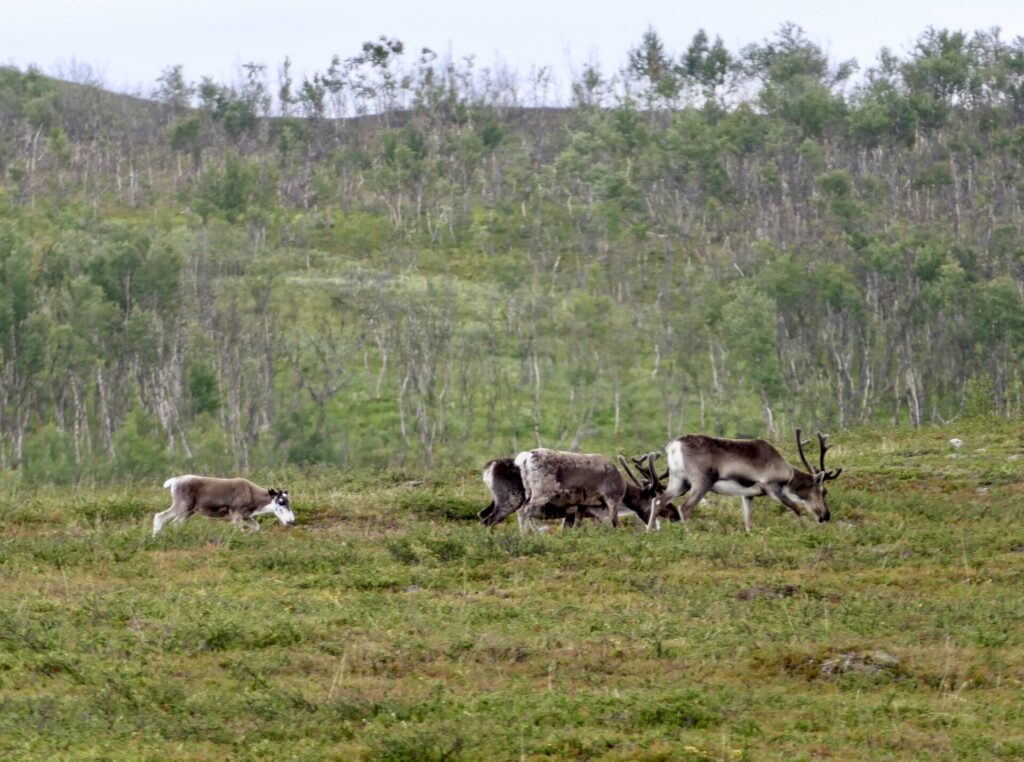
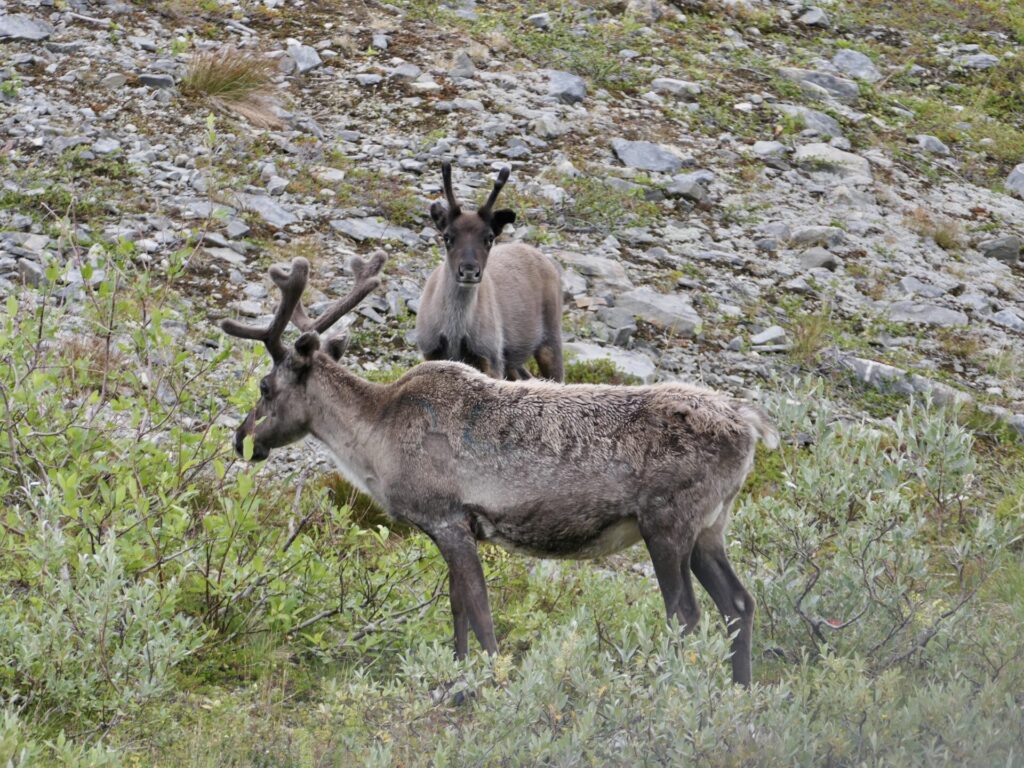
Reindeers at Sinnalandet
Havøy Scenic Route
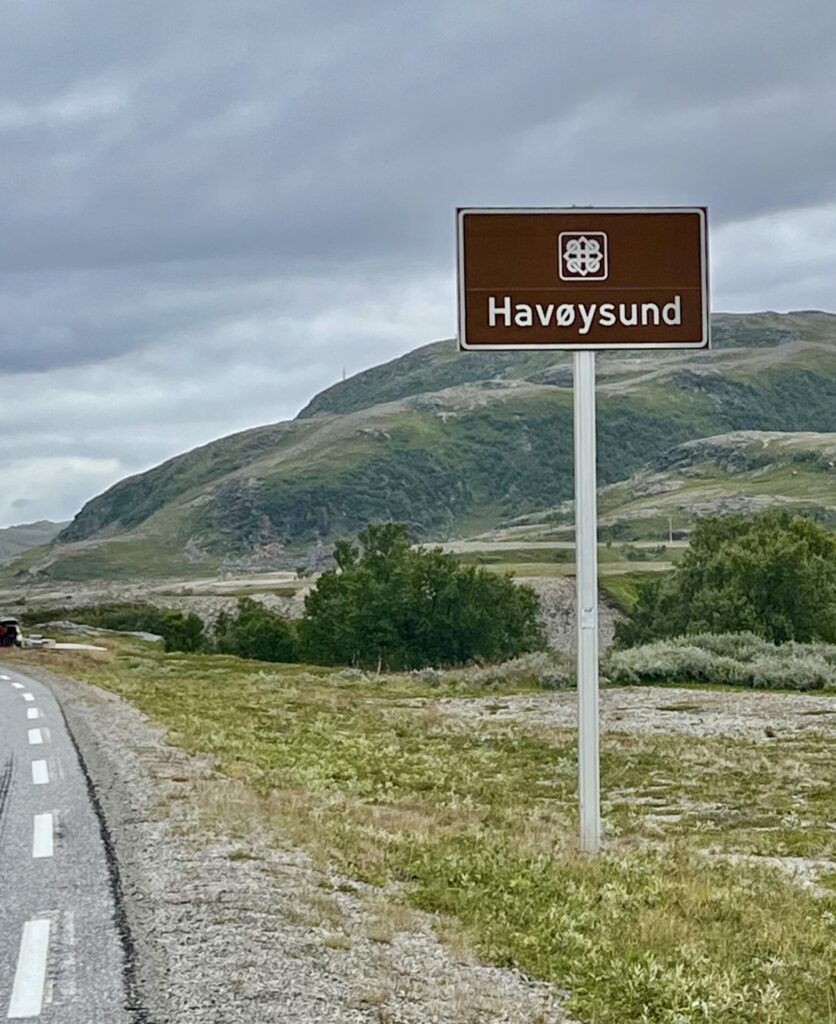
The 66 km journey takes you from the small birch forests in Kokelv to the fishing village of Havøysund at 71 Degrees North. It offers a fascinating landscape, mostly rugged cliffs on one side and the Atlantic Ocean on the other. Some small higher ranges in between. We saw several reindeer along the route – very exciting!
A beautiful red fox also appeared by the road.
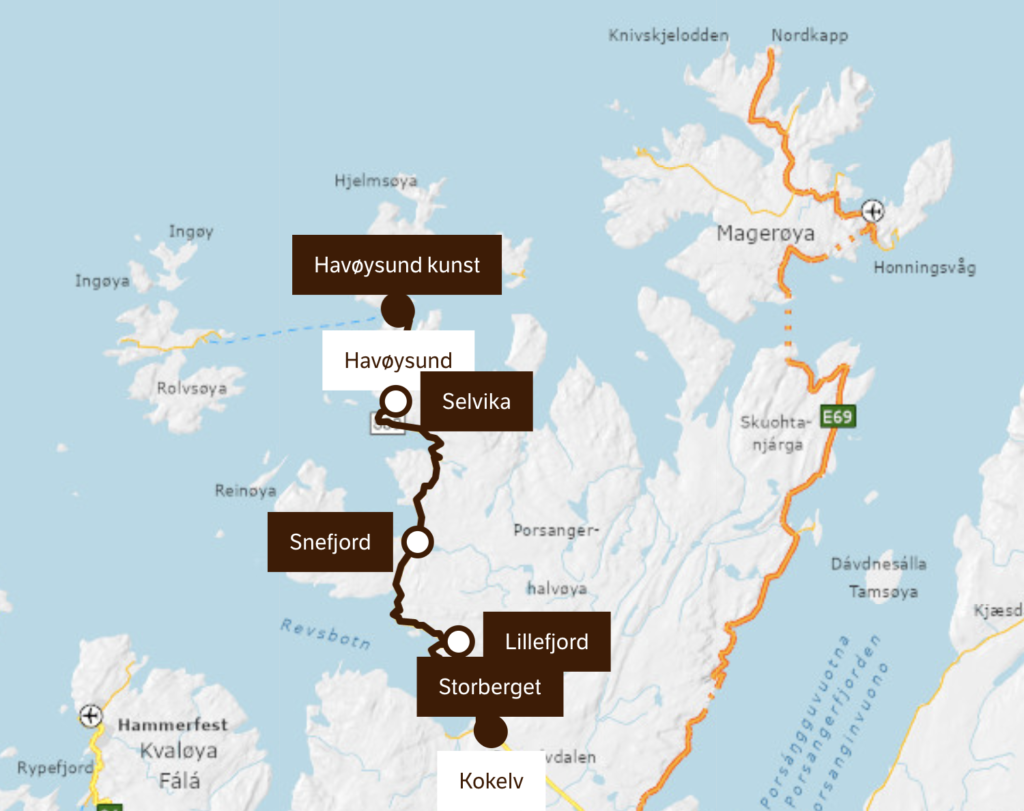
STORBERGET
The first rest area you will meet is Storberget, just at the beginning of the route. You will have your first encounter with the fjord and the Arctic Ocean. The rest area is beautifully situated on a plain above the Russelva river, in a landscape well suited for both short and long walks.
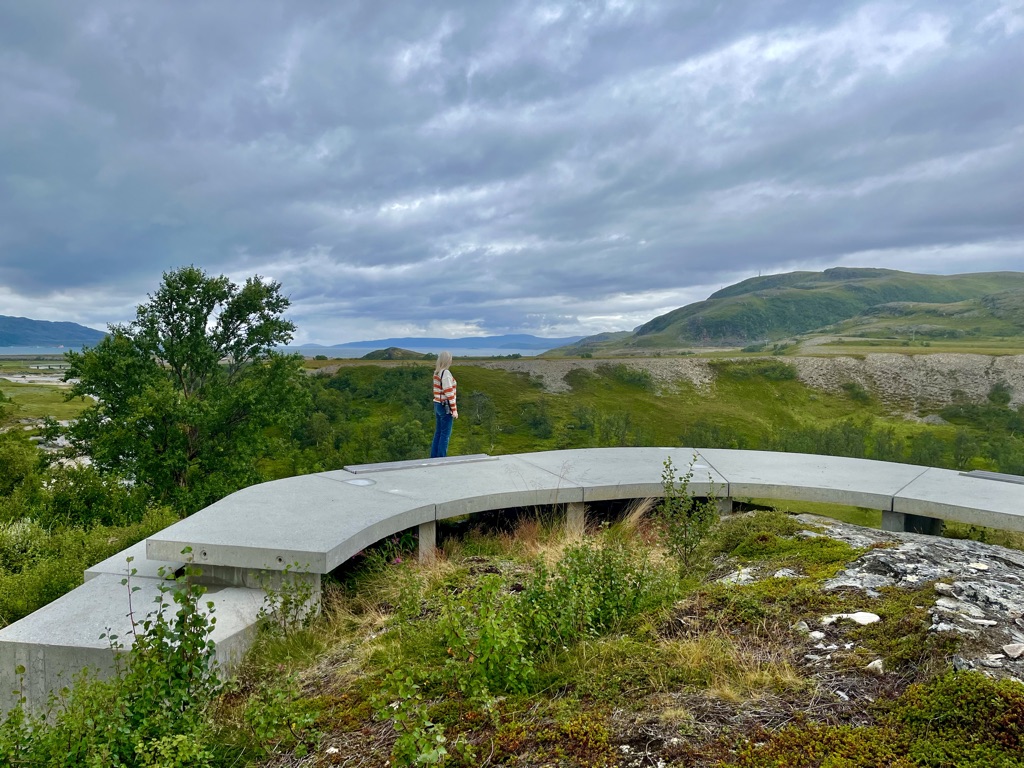
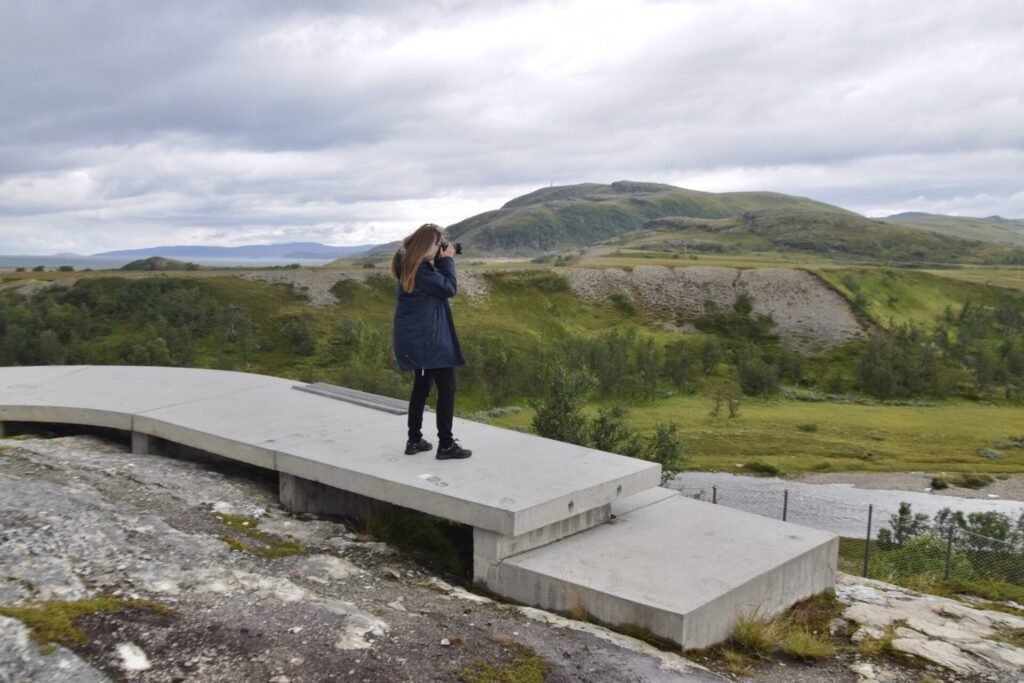
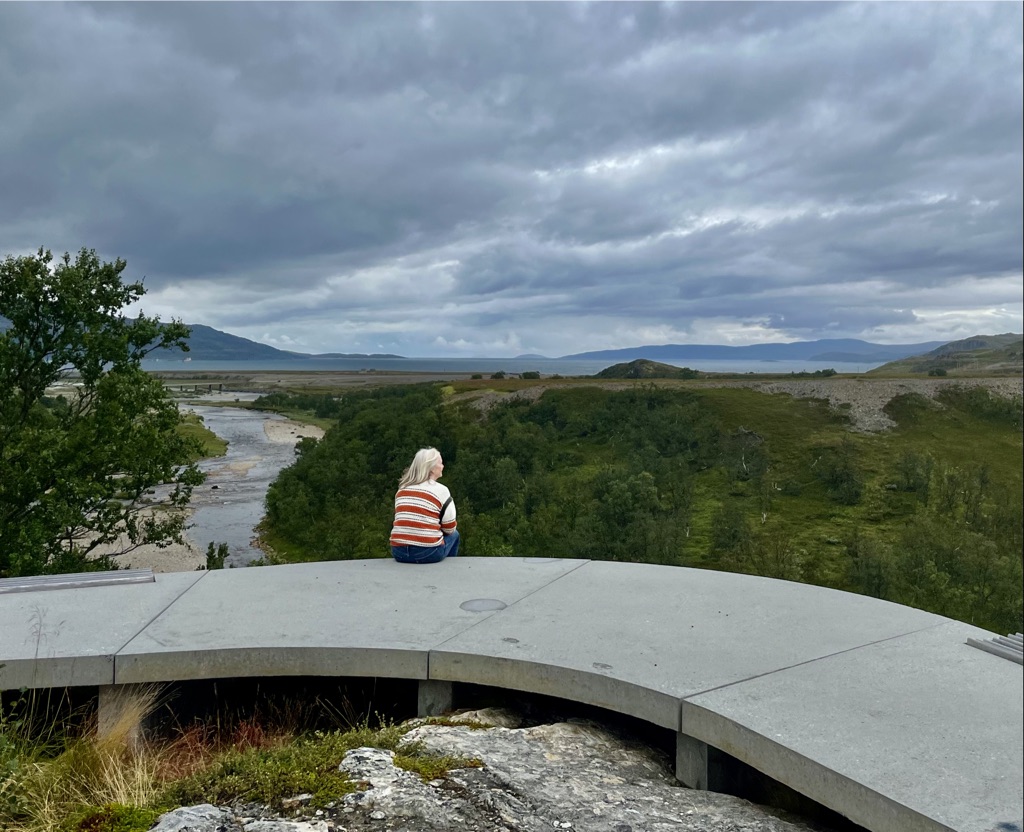
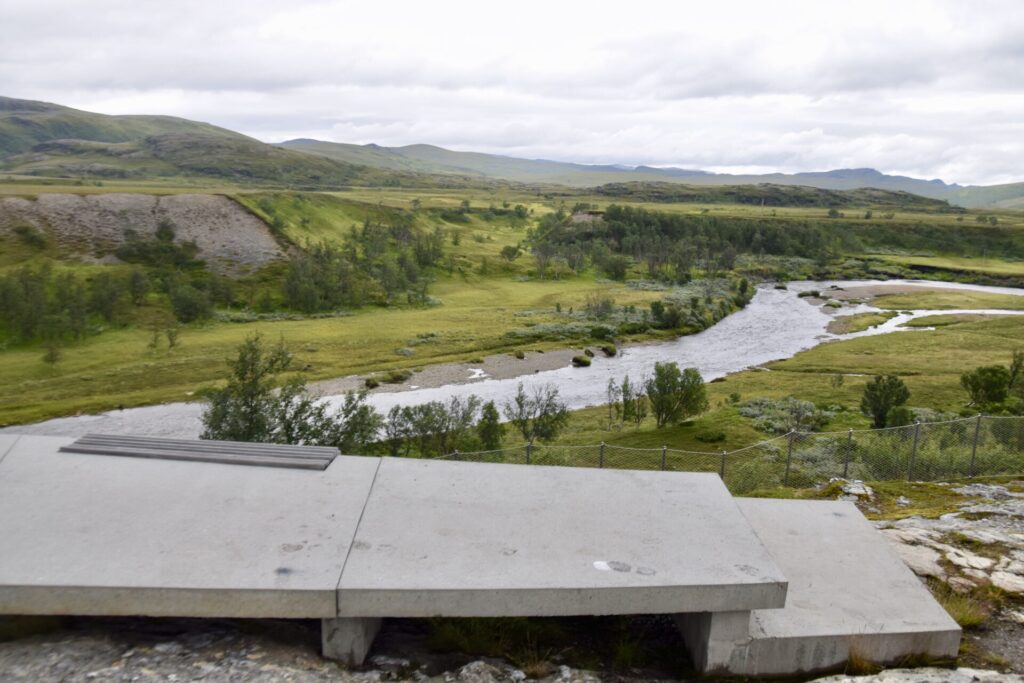
Fascinating landscape on our way to Lillefjord;
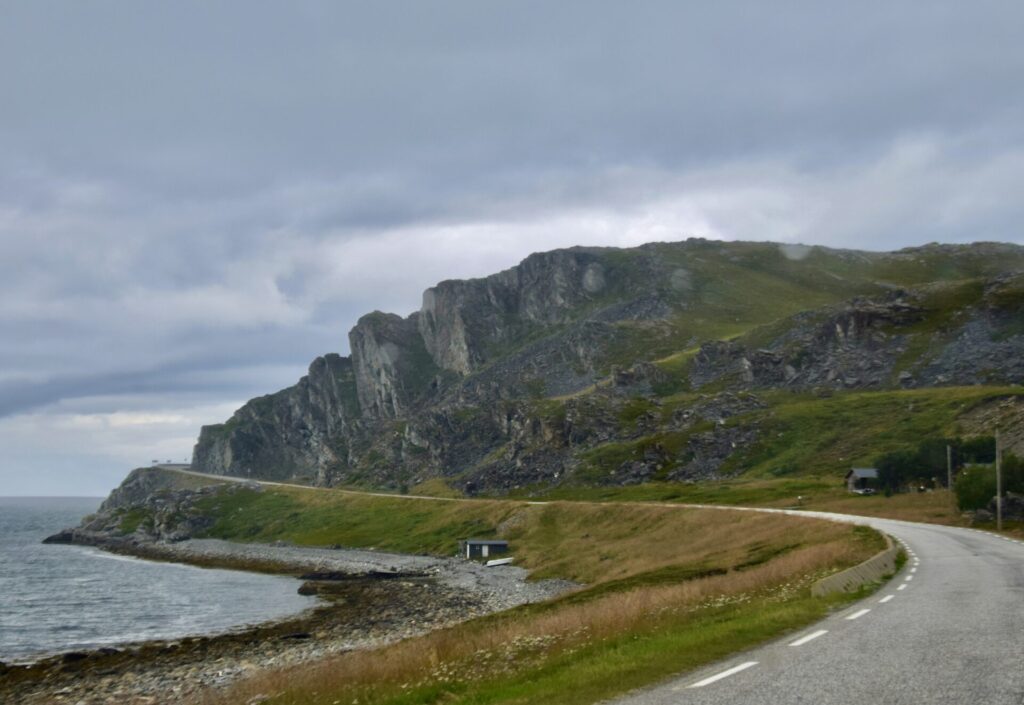
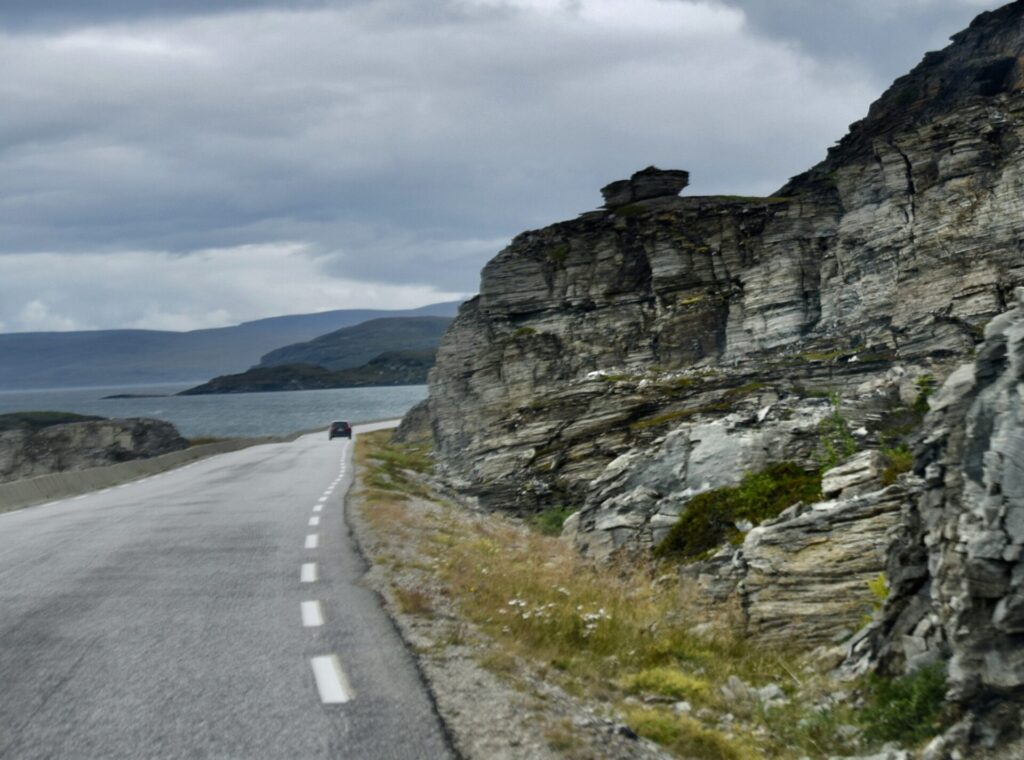
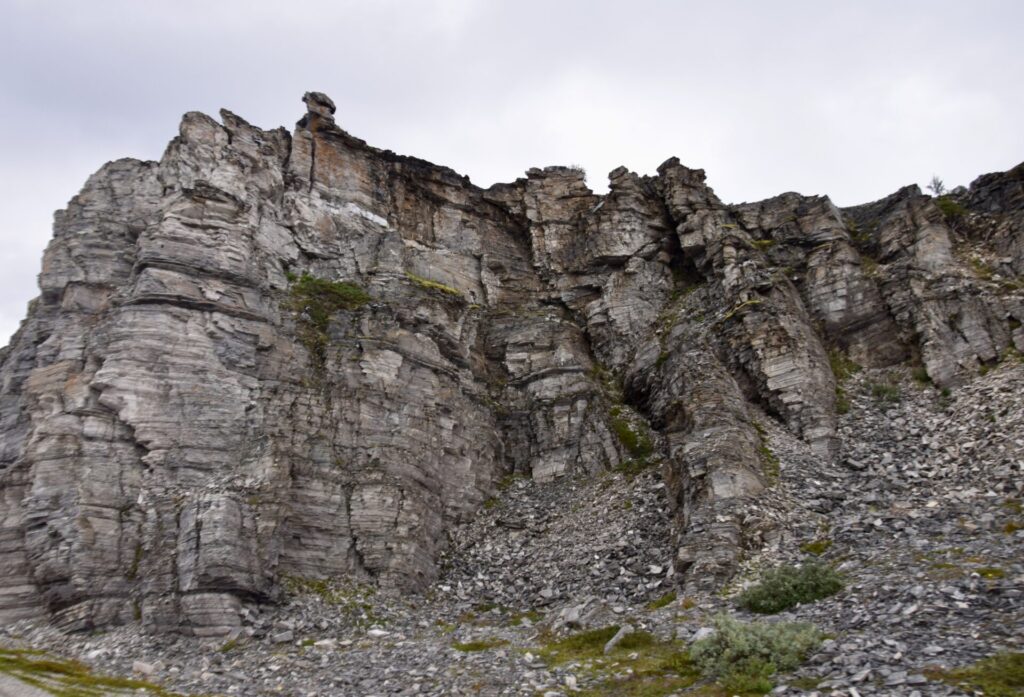
LILLEFJORD
Just before reaching the rest area, a beautiful red fox appeared on the roadside. We stopped the car, and the fox crossed the road behind the car and passed the car.
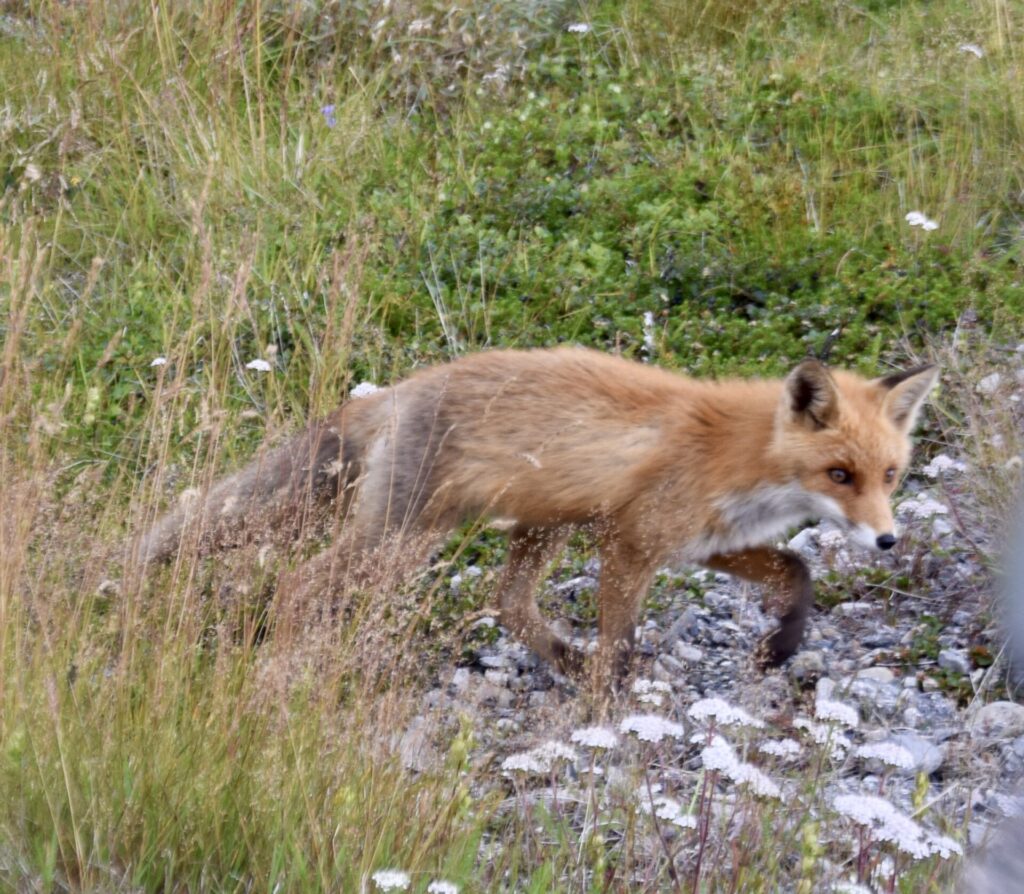
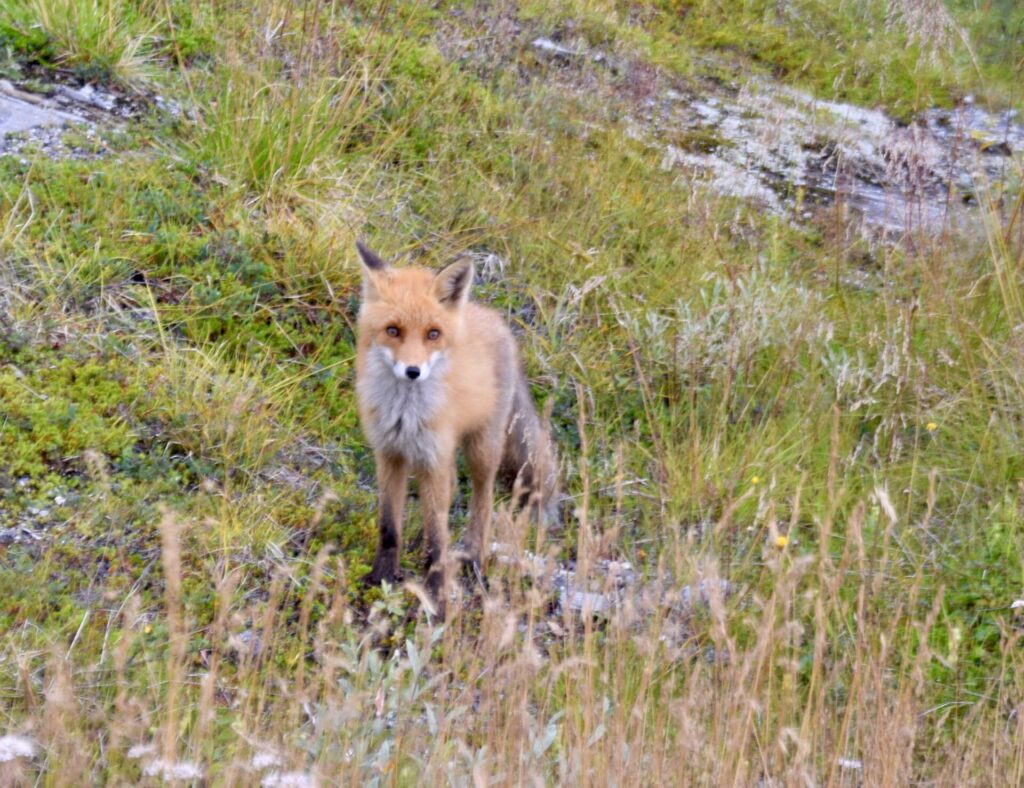
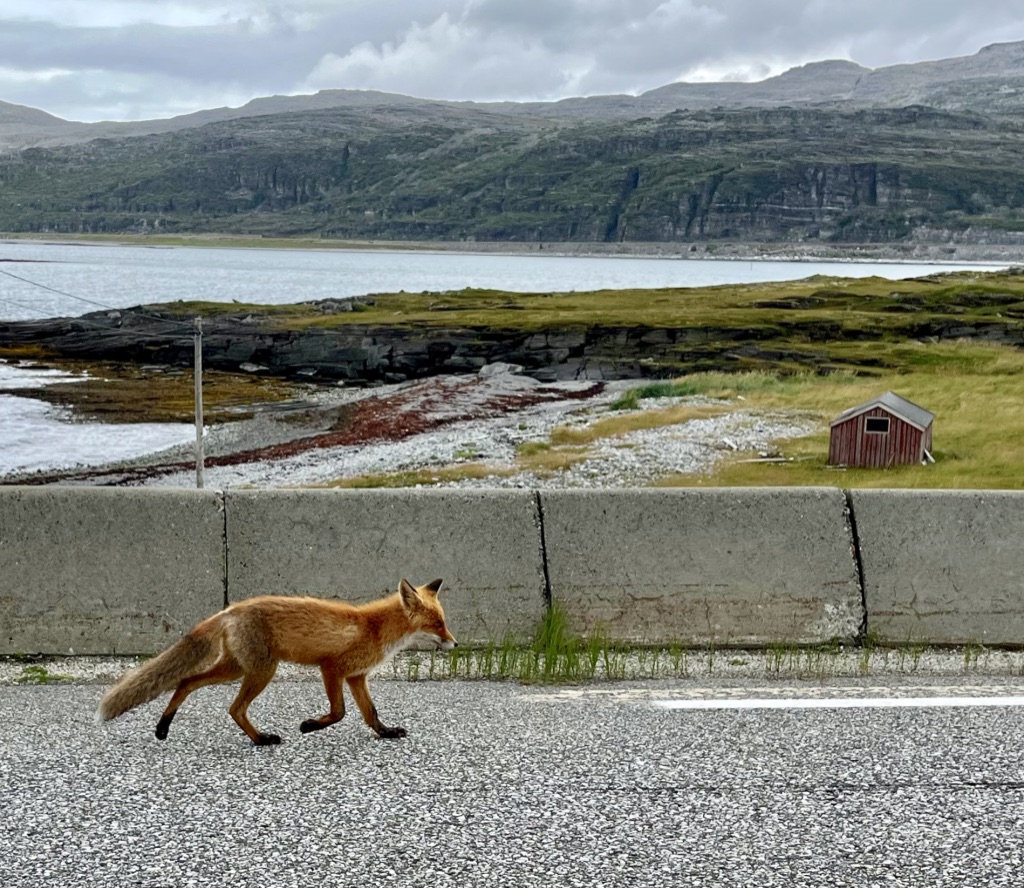
Lillefjord rest area lies at the inner reaches of a fjord. The bridge across the Fosseelva river that runs into the fjord has been designed with an integrated shelter, service facilities and benches. The footbridge marks the start of the path along the river and leads up to the “Love Bench” near the Lillefjord waterfall.
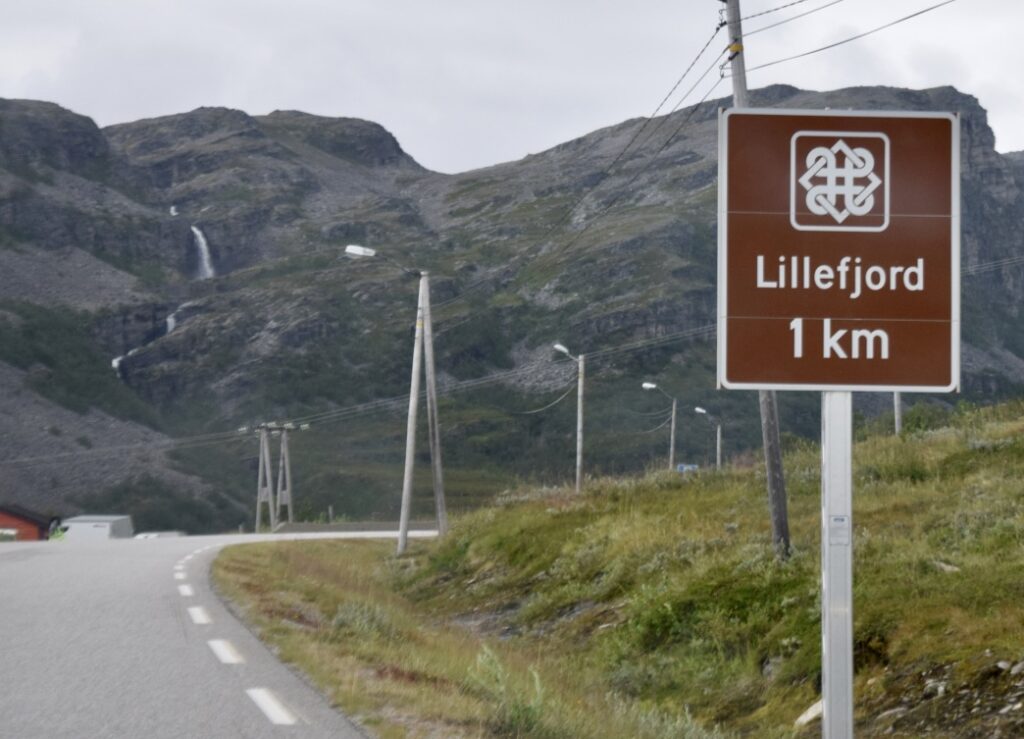
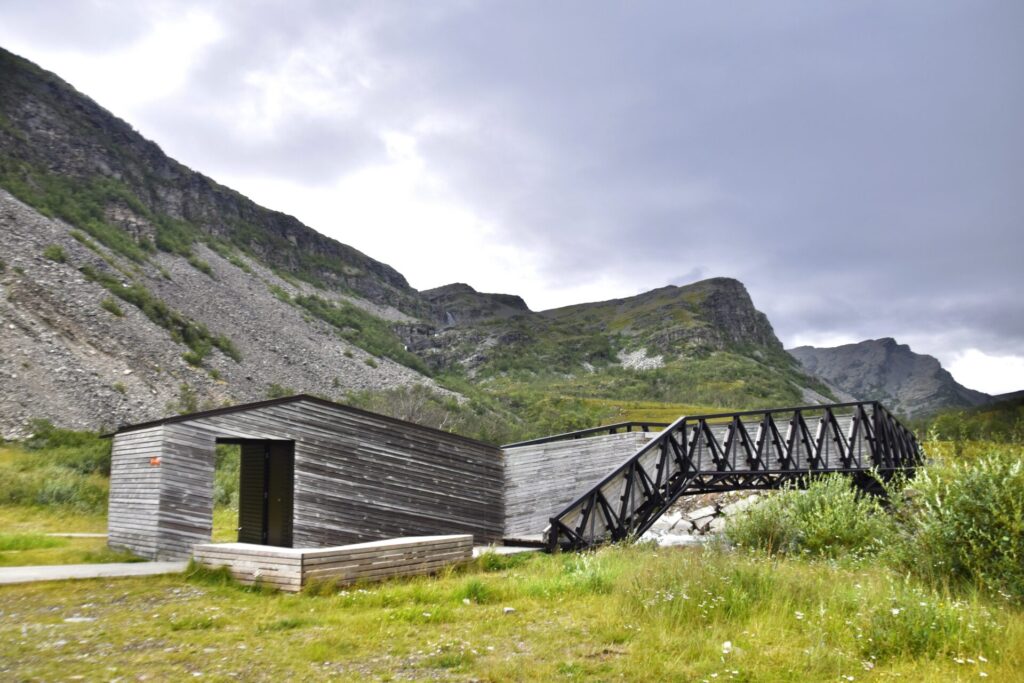
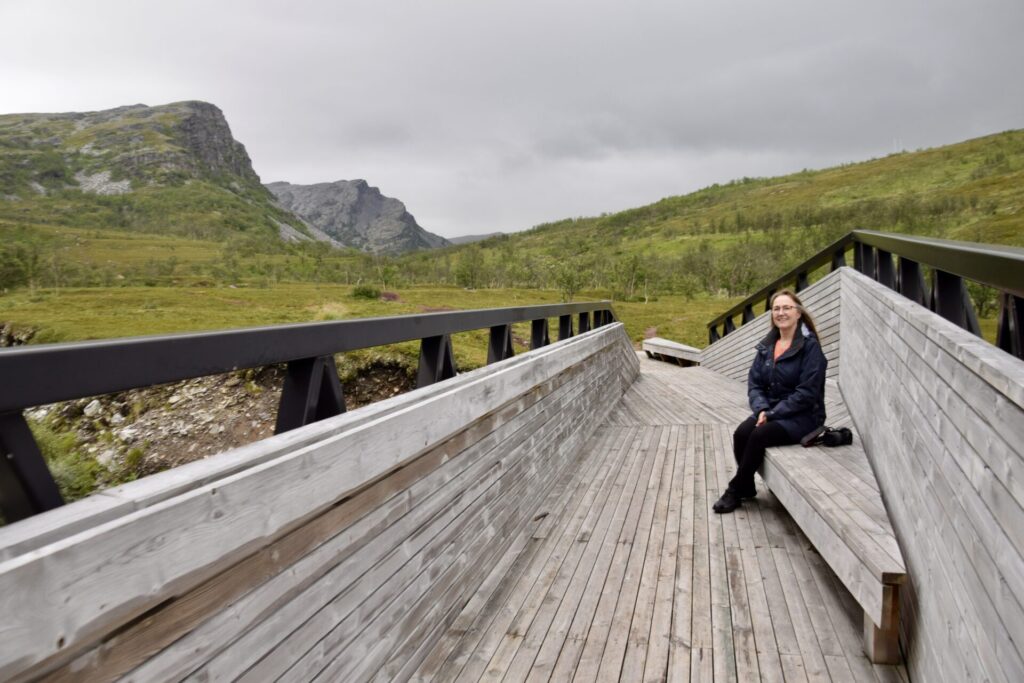
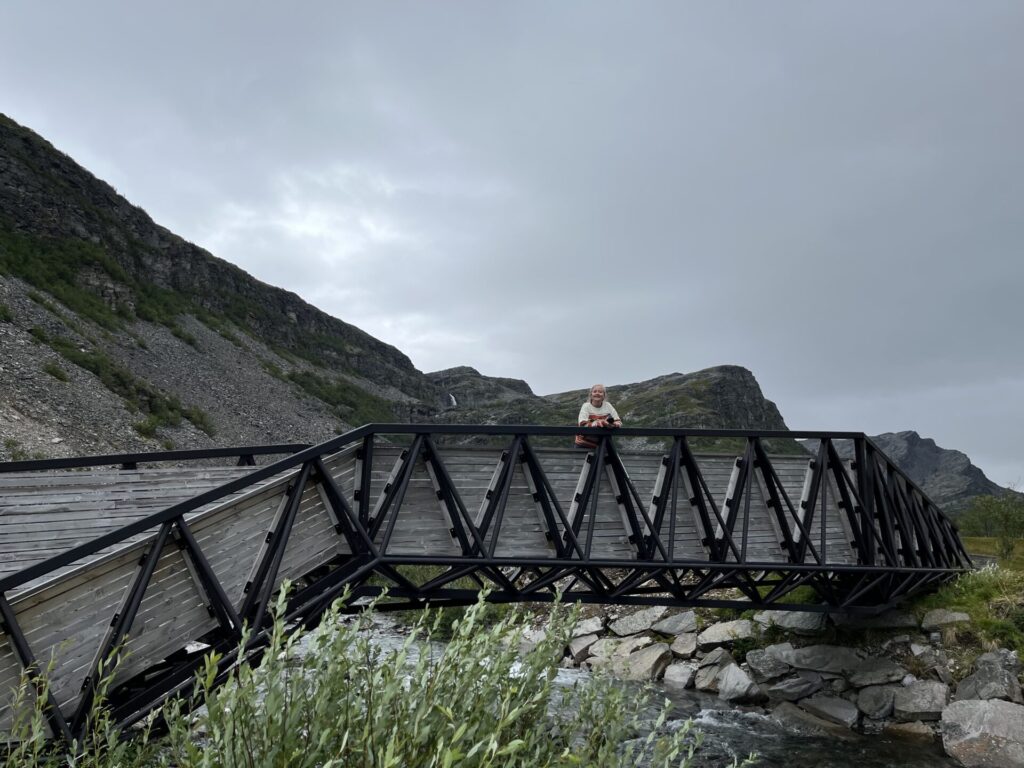
Our first reindeer on the route. We saw it from a far distance; it crossed the road and went to the guardrail. We stopped the car and followed it for a while. It turned, went back to the hillside, passed our car and stood by the road for a while behind us. What a beauty!
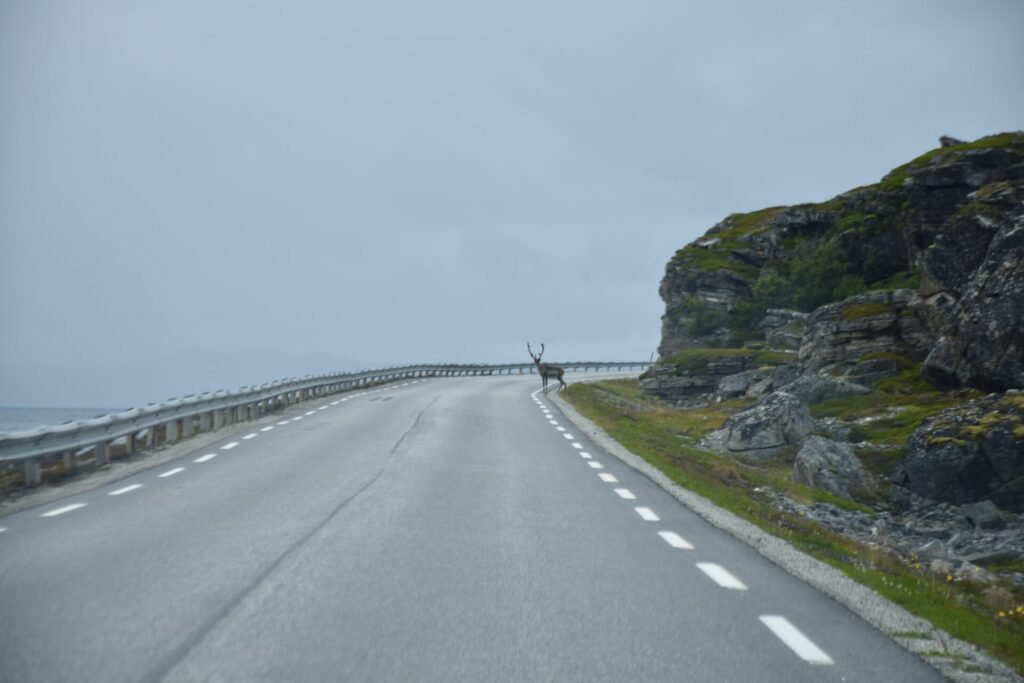
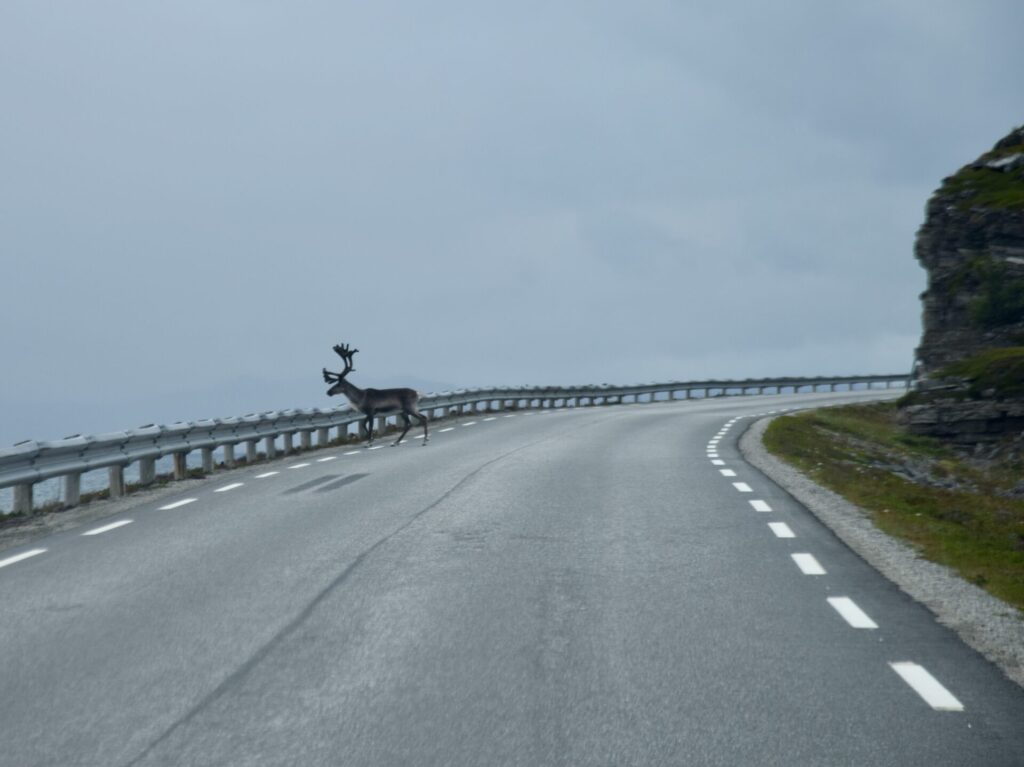
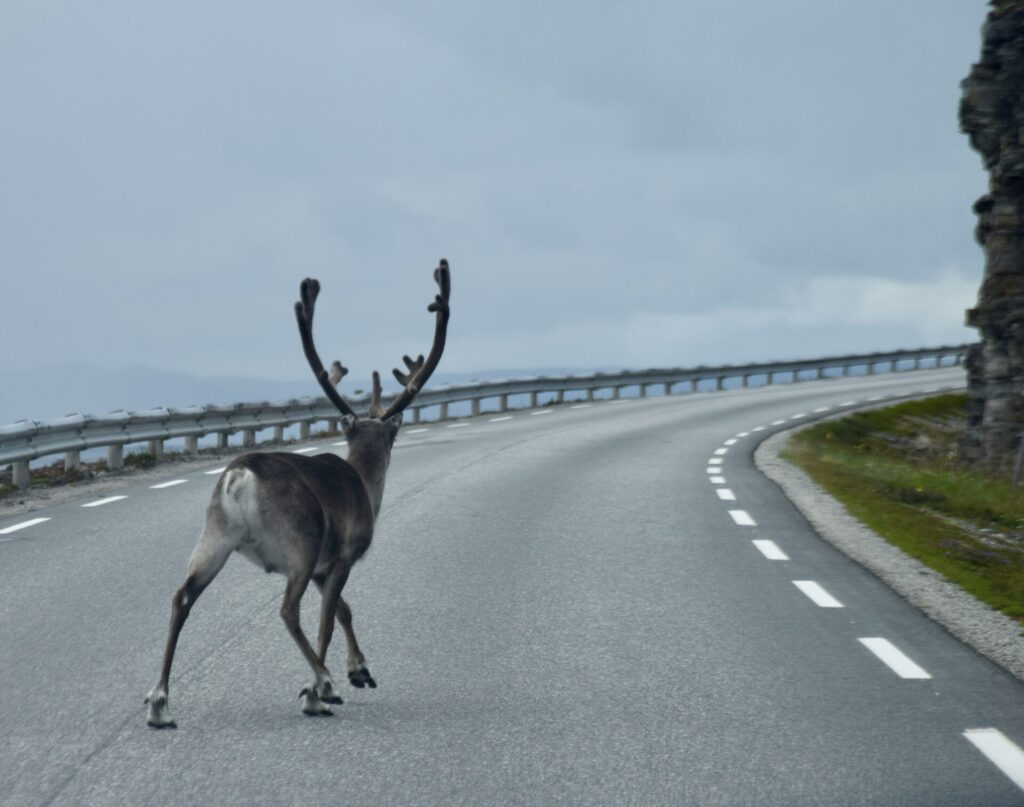
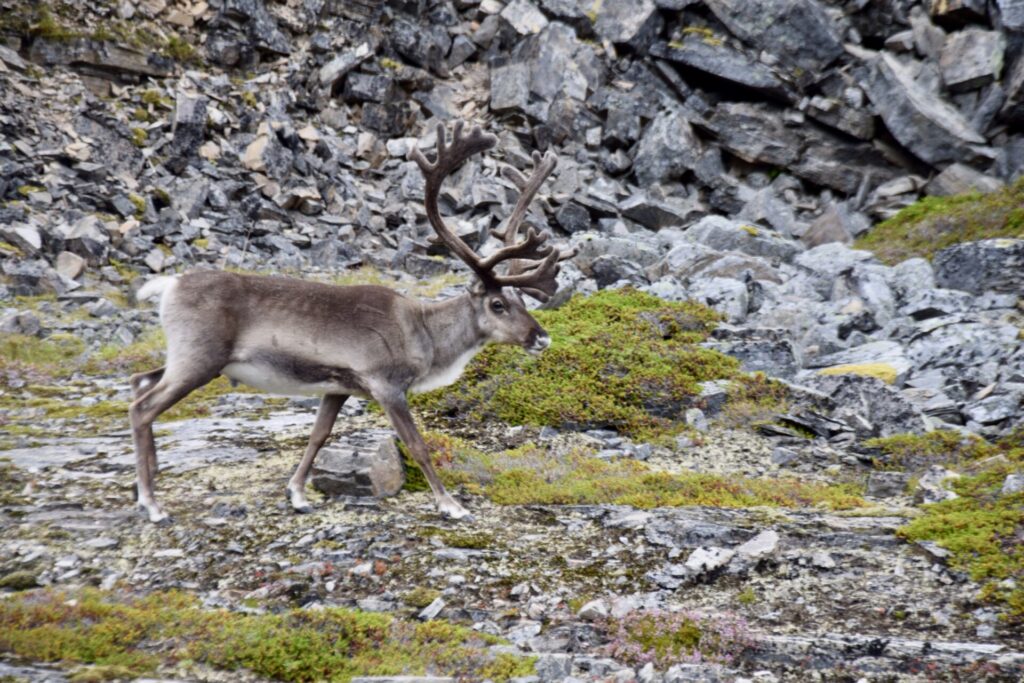
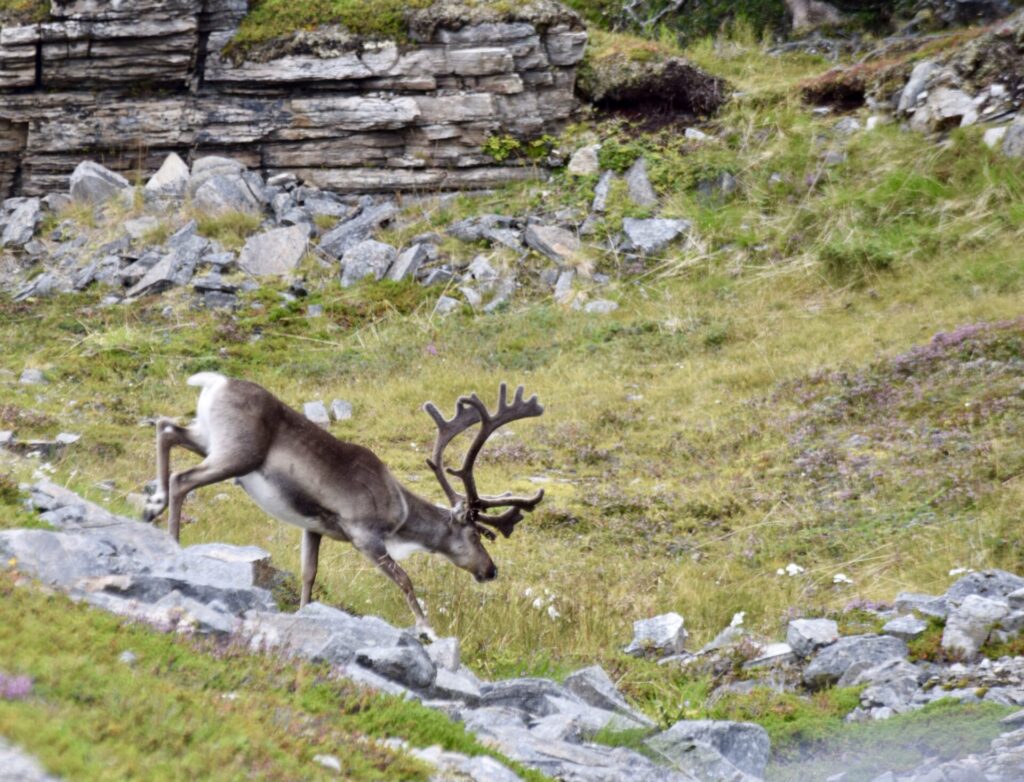
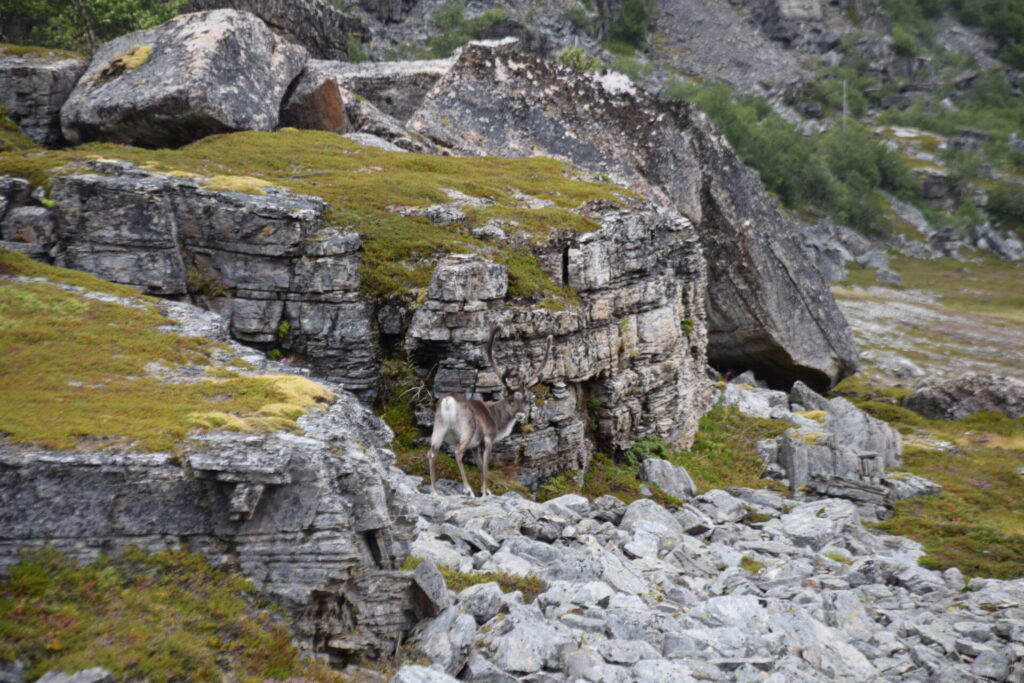
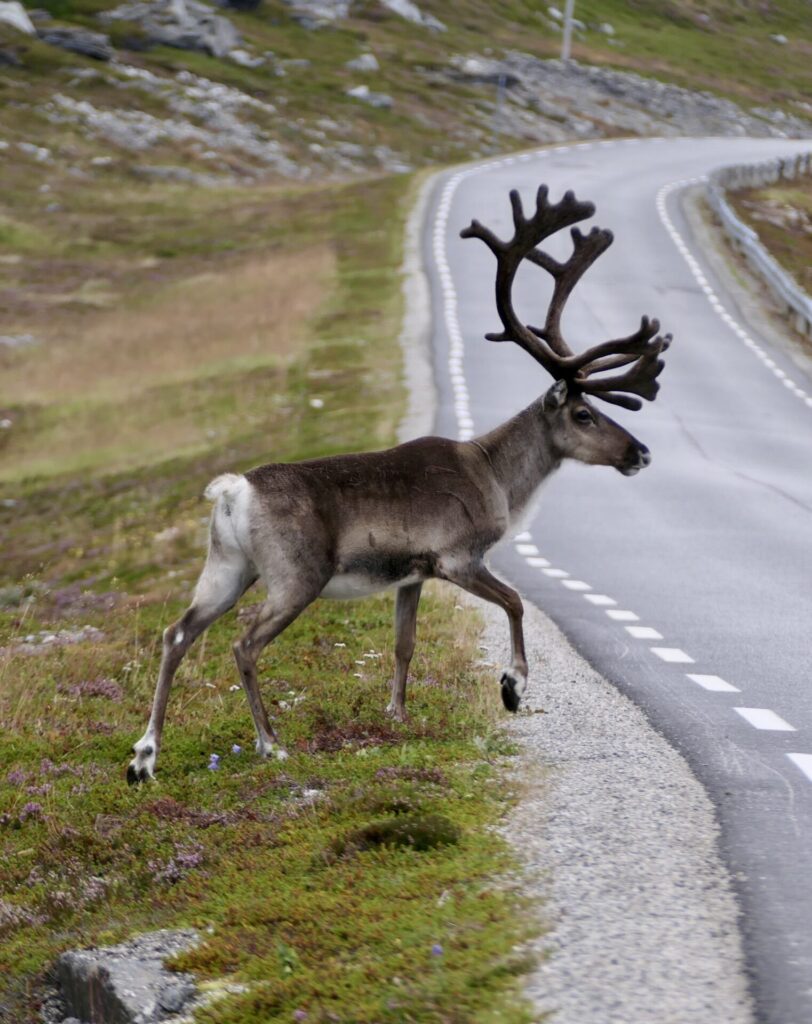
Just before Snefjord, more reindeer.
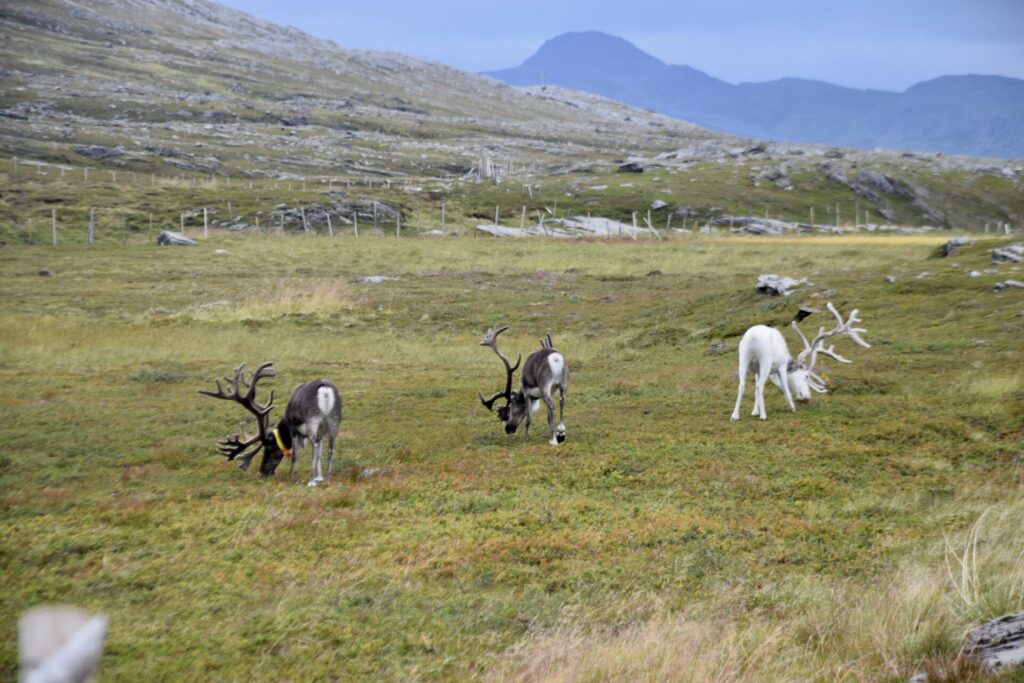
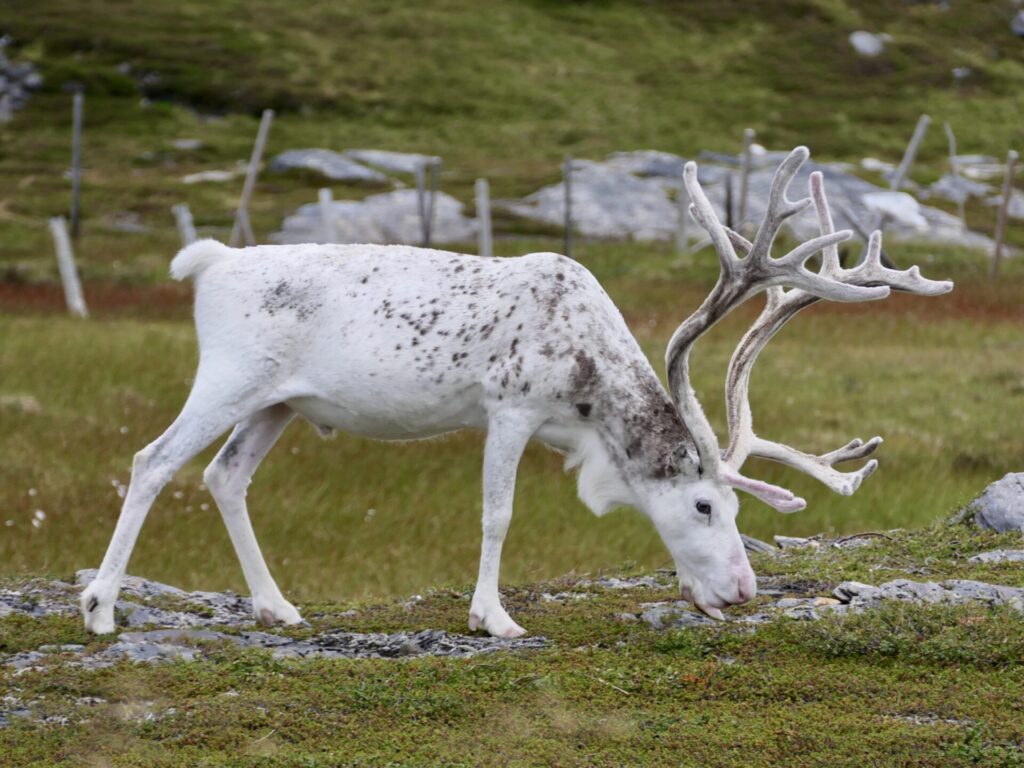
SNEFJORD
At the point where the river runs into the Snefjord lies a small rest area that offers good opportunities for salmon fishing. Three boxed-in benches have been placed here to provide shelter from winds from any direction.
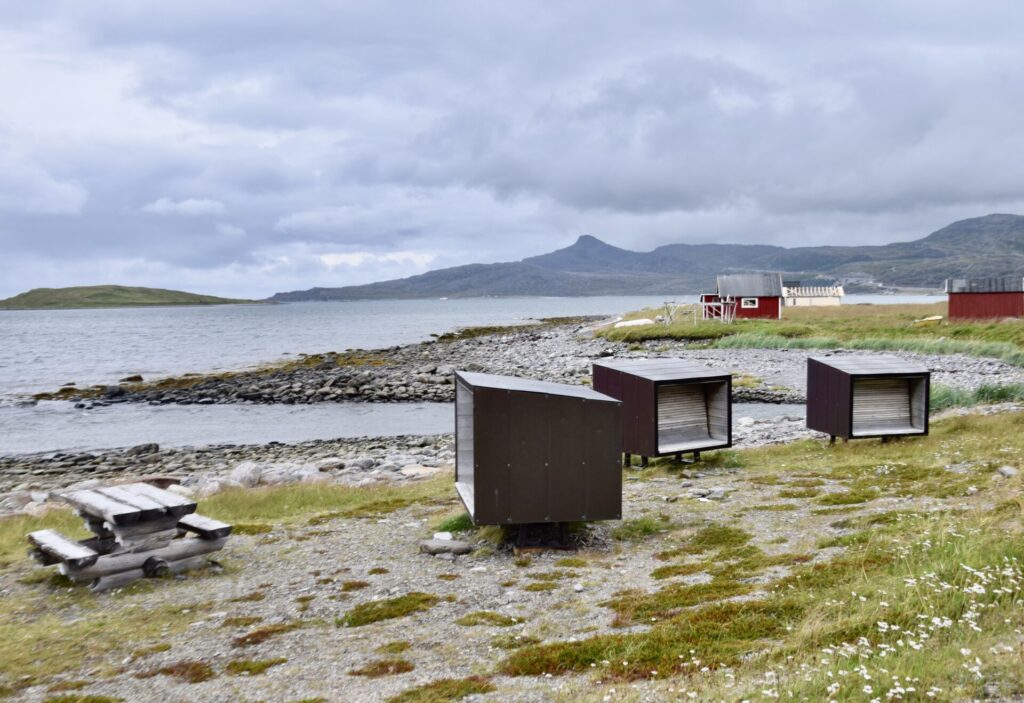
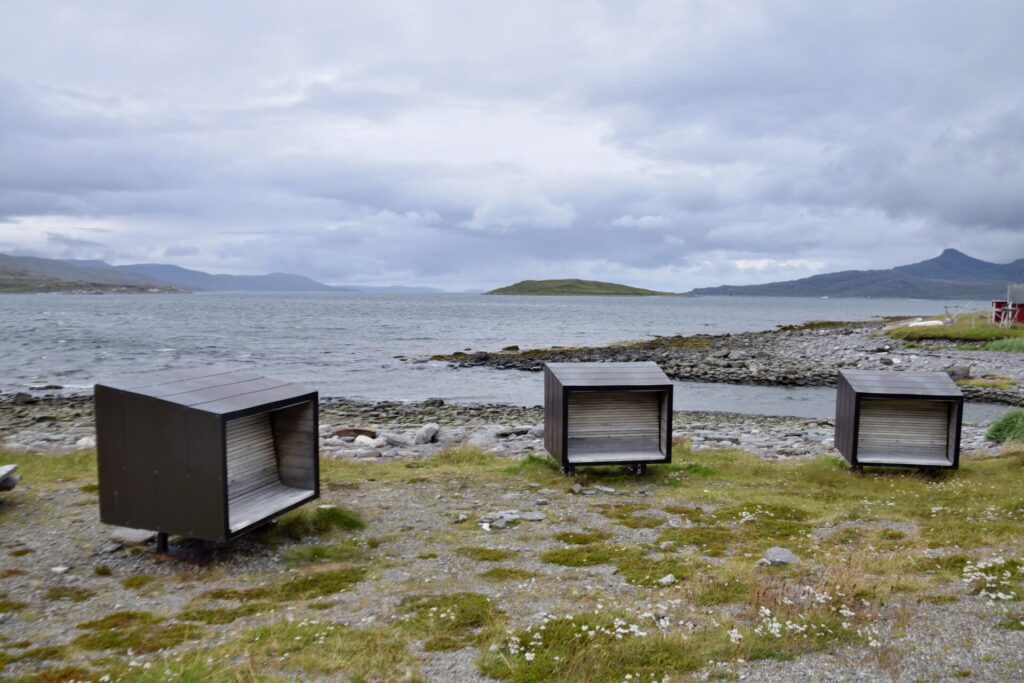
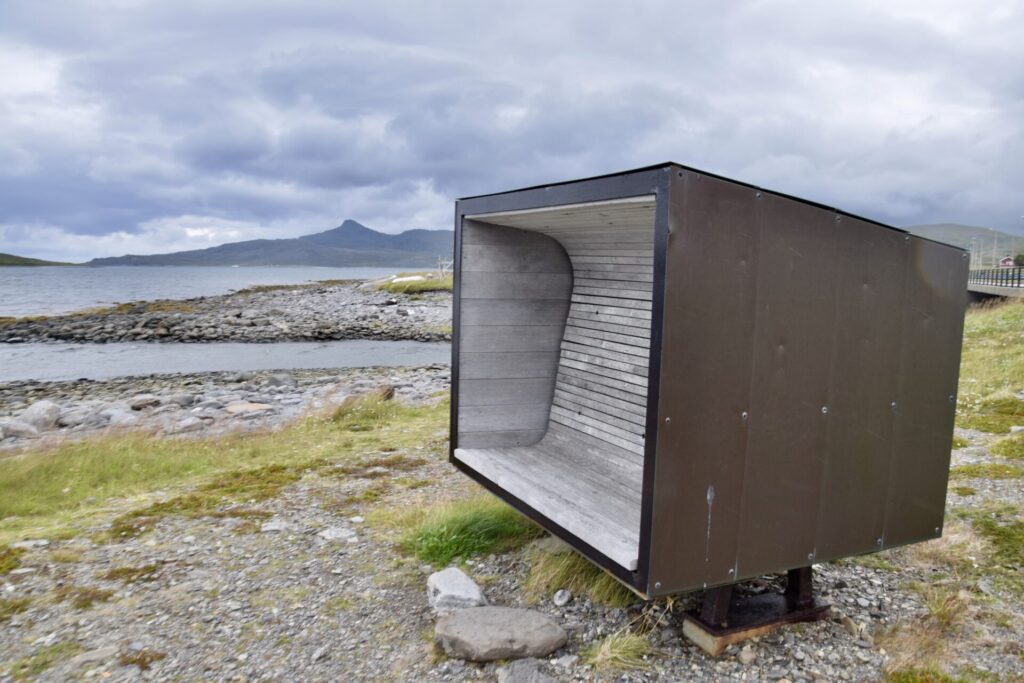
SELVIKA
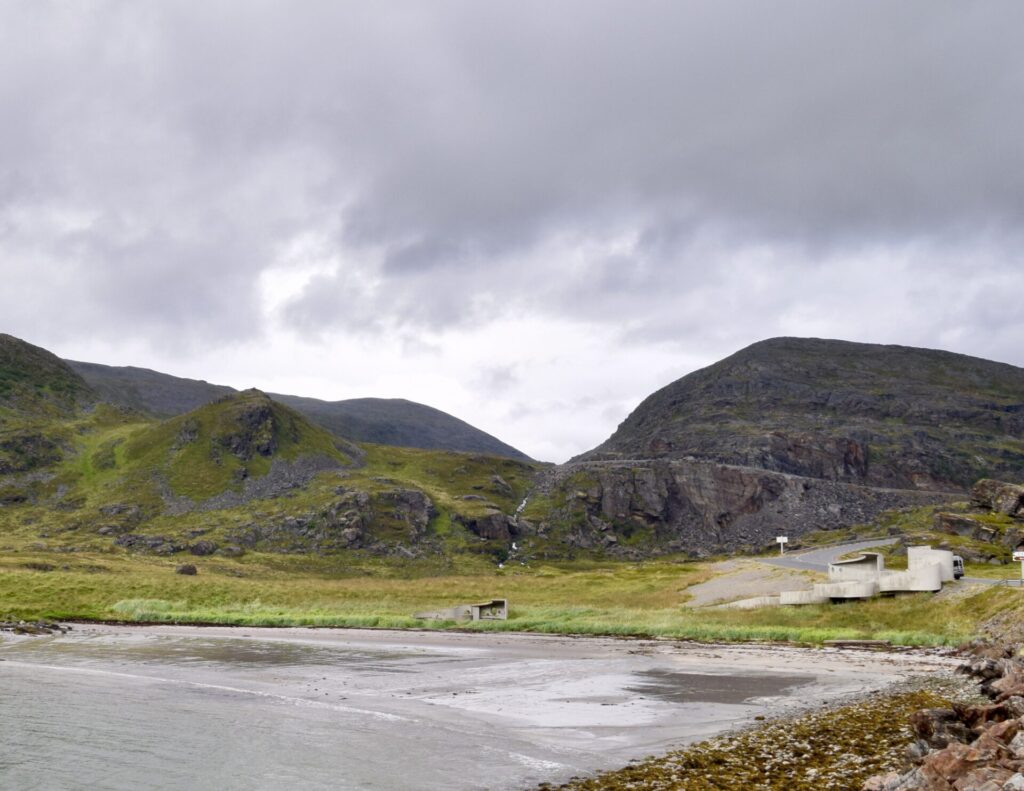
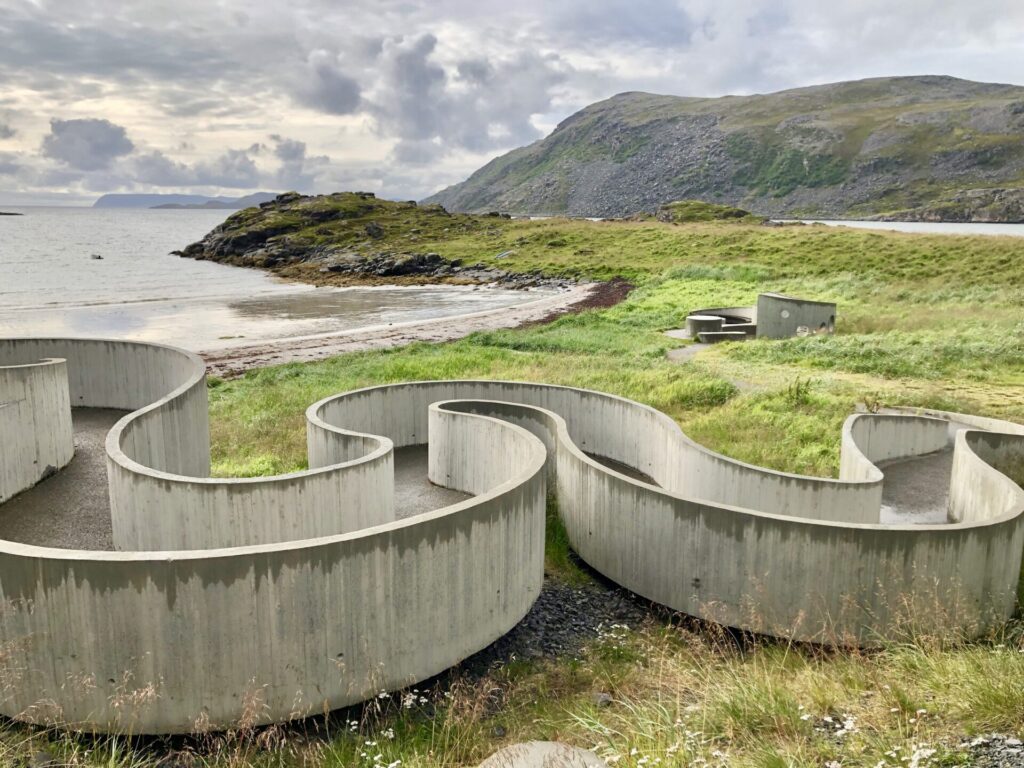
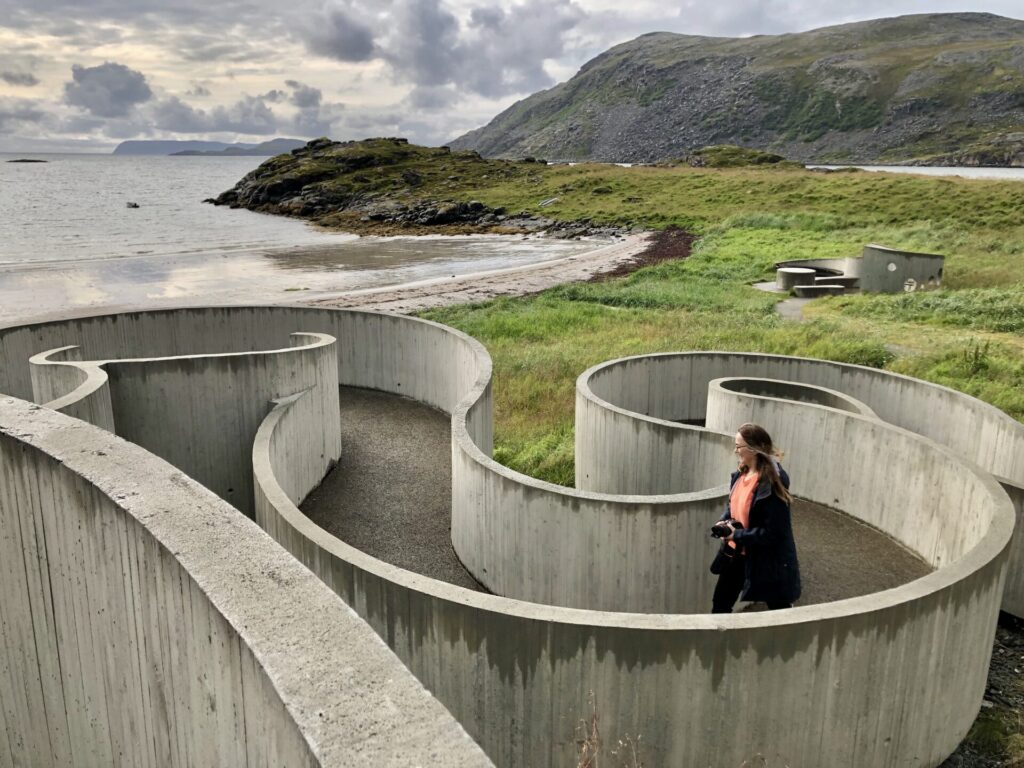
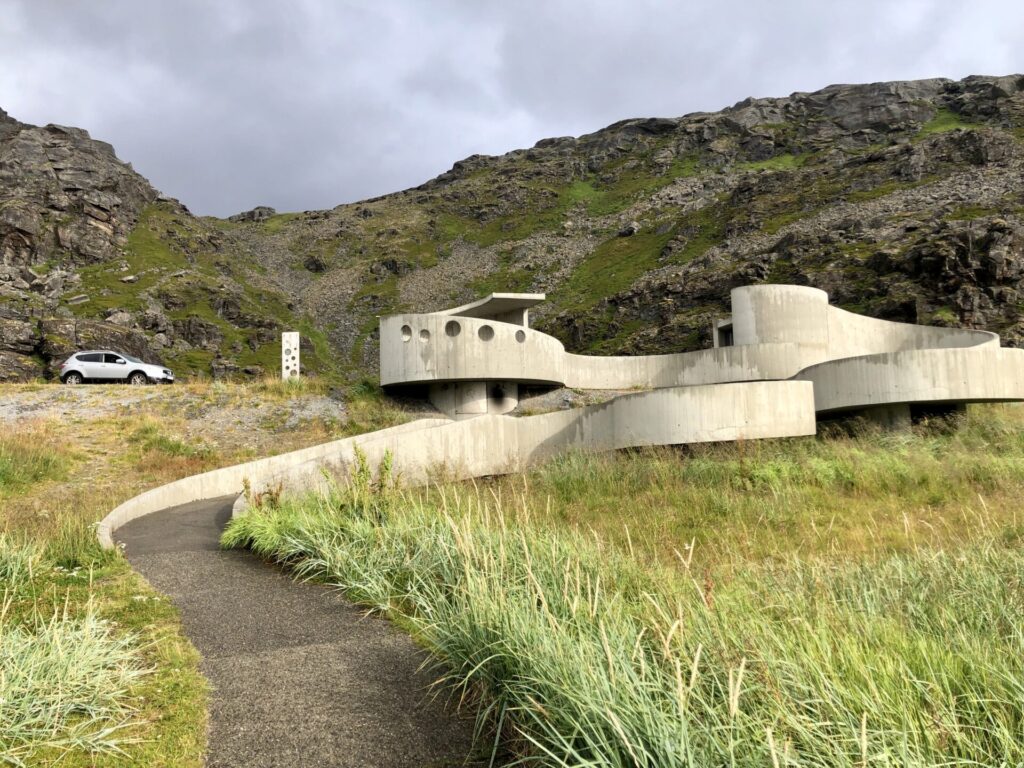
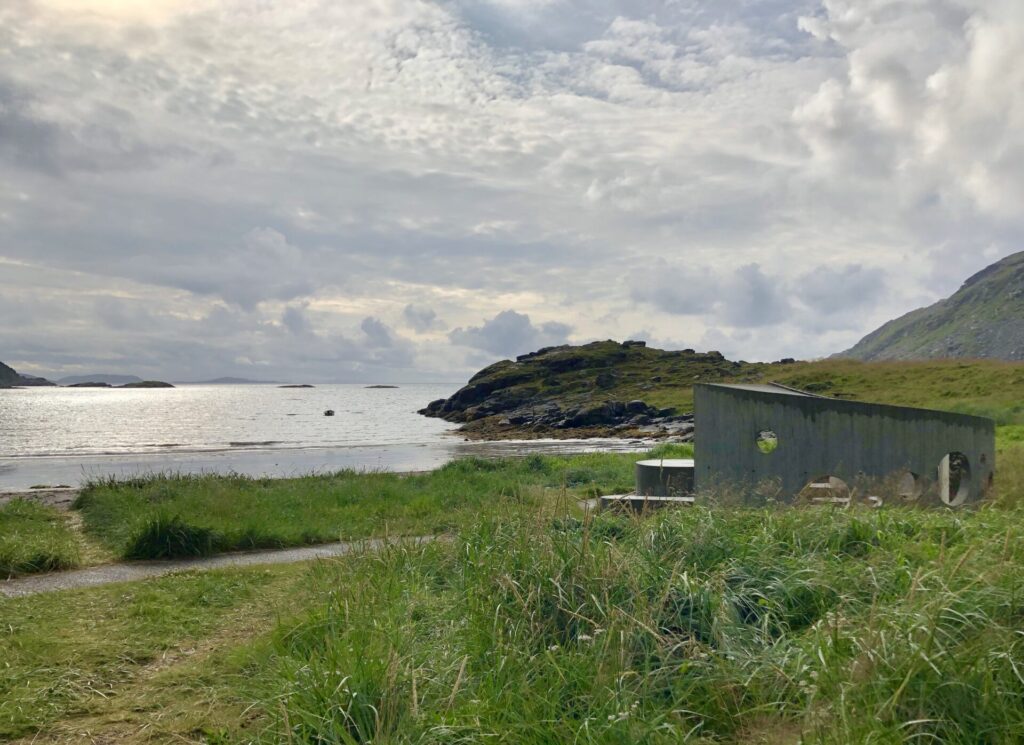
The Selvika rest area is located at the inner end of Selvika bay and the inviting sandy Sandbukta beach.
The rest area resembles an intricate concrete sculpture, with a gangway curving down to the barbecue area on the beach. It was an impressive sculpture in beautiful surroundings.
In this area, there are also cultural heritage sites and remains of settlements from Neolithic times and Sámi culture.
HAVØYSUND
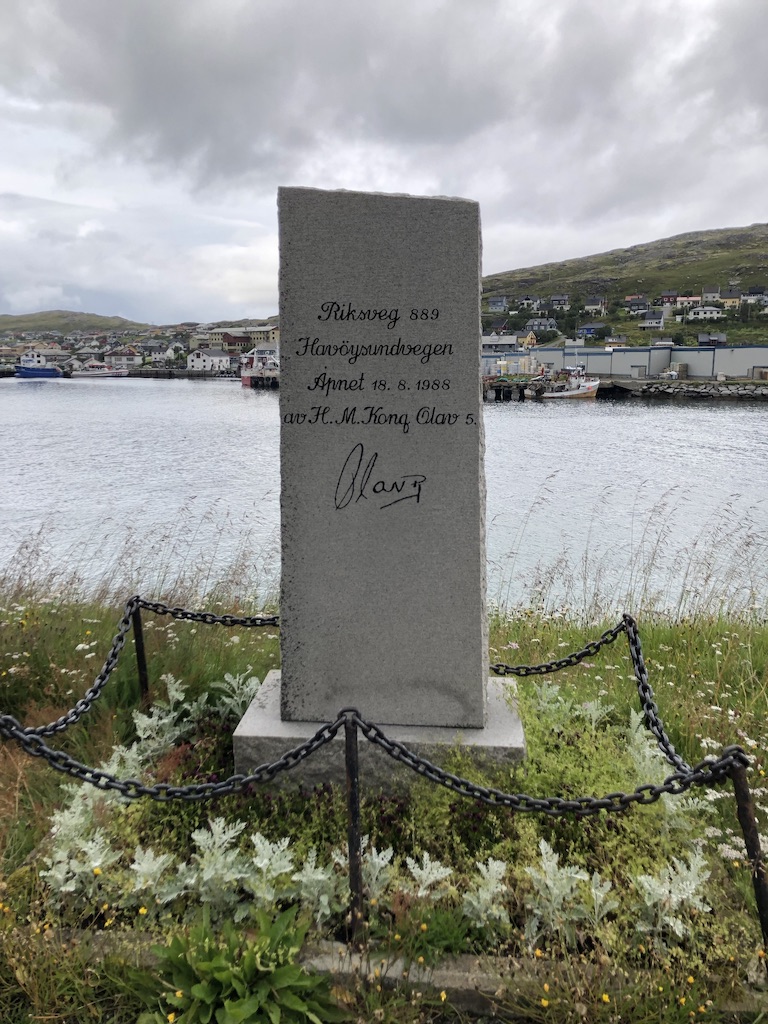
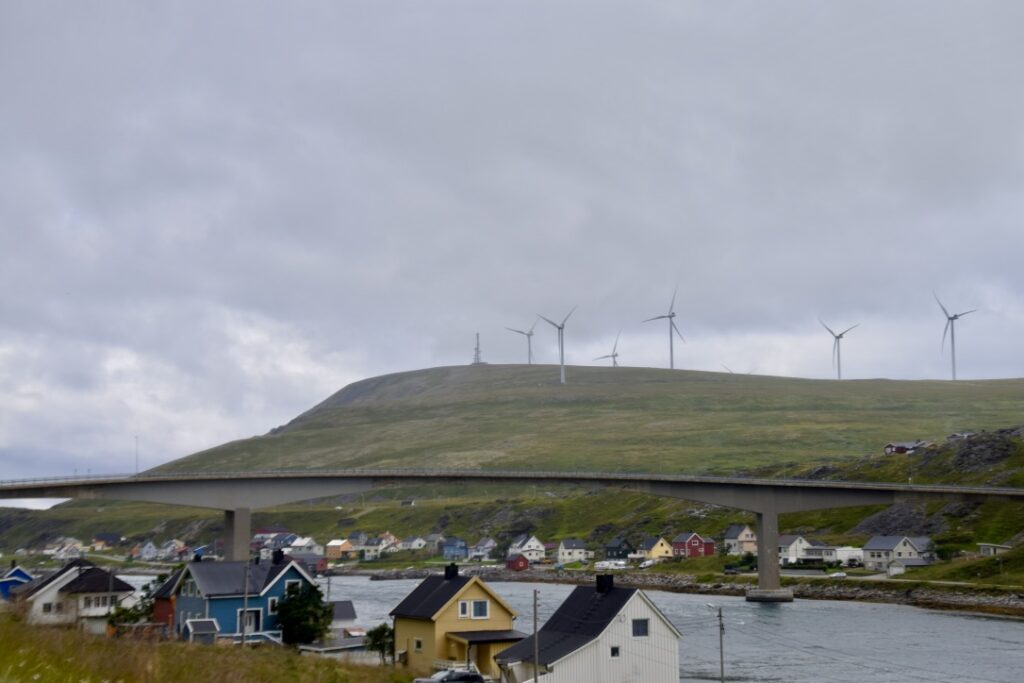
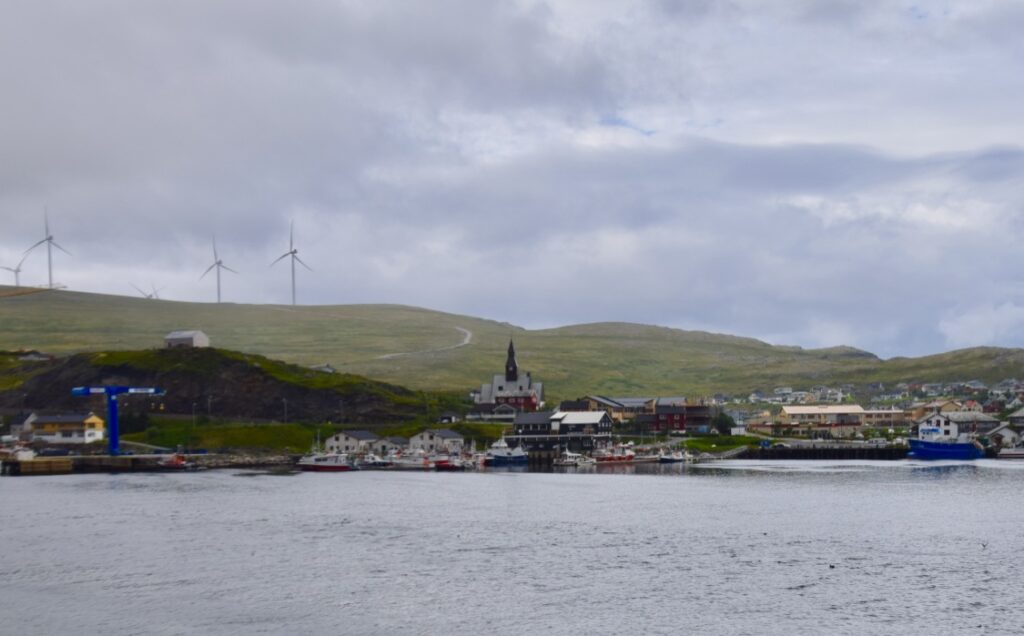
Havøysund is a small fishing village with around 1100 inhabitants. It is located at 71° north- and is literally the end of the road.
Much like other Finnmark fishing villages, Havøysund is densely packed onto the landscape and fishing, being the primary industry, means fish exportation all over the World. Up on Gavlen, a few kilometres to the NW, 16 wind turbines stand tall, producing electricity.
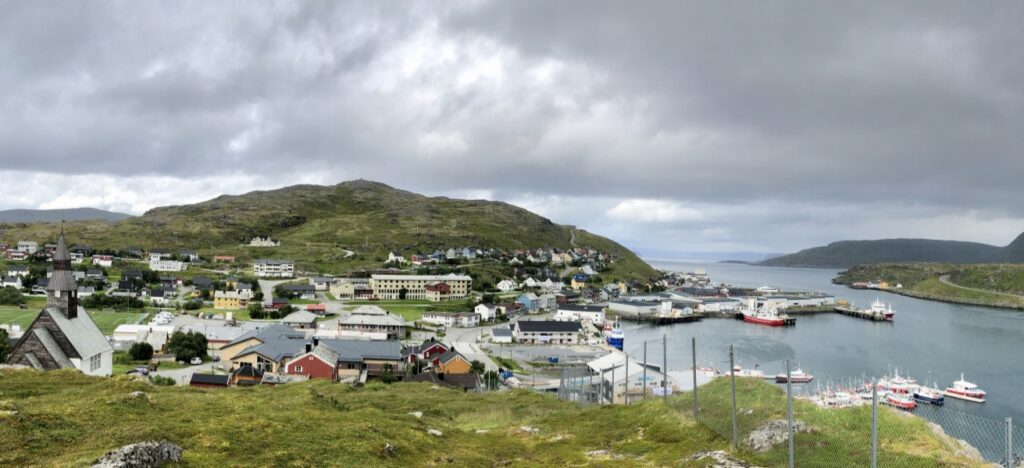
Havøysund Artwork
At the top above the church, Ørahaugen, you can visit an architect-designed wooden hut – with a fascinating art installation.
The artist is Roni Horn, and the installation consists of two large glass objects, each of 4.9 tonnes, with a height of 133 cm and a diameter of 142 cm. One has a cool bluish colour; the other is warm peach.
The objects exude silence in a weather-beaten and beautiful corner of the world, where the variations of light – midnight sun, northern lights and winter darkness – constantly create new moods.
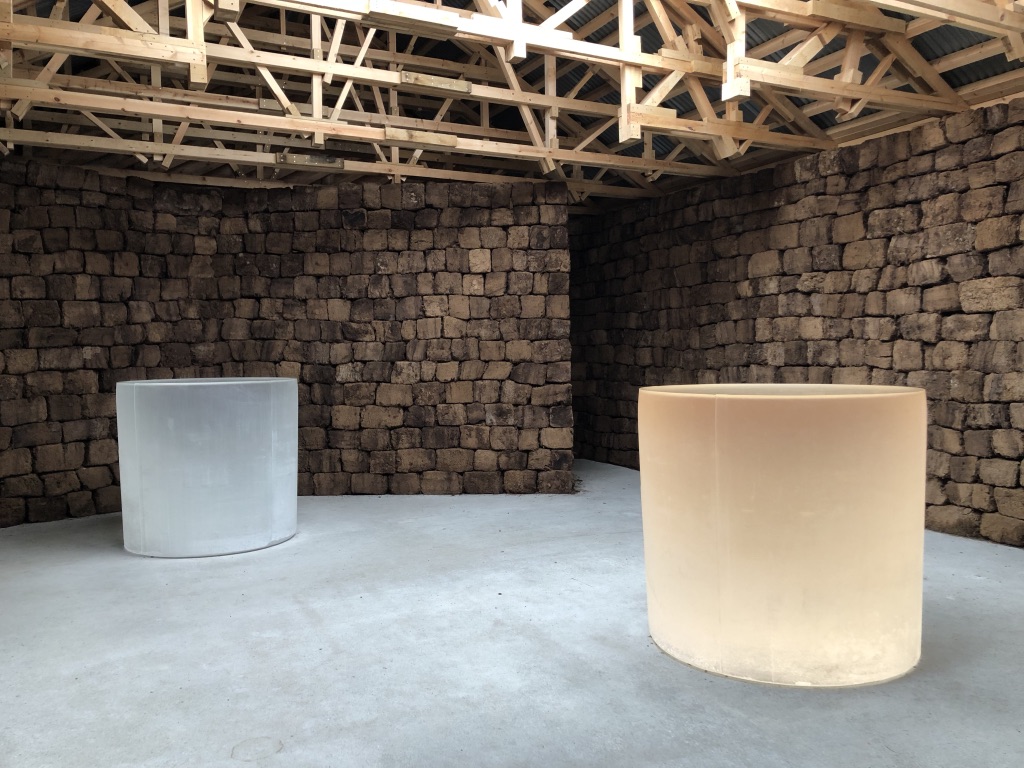
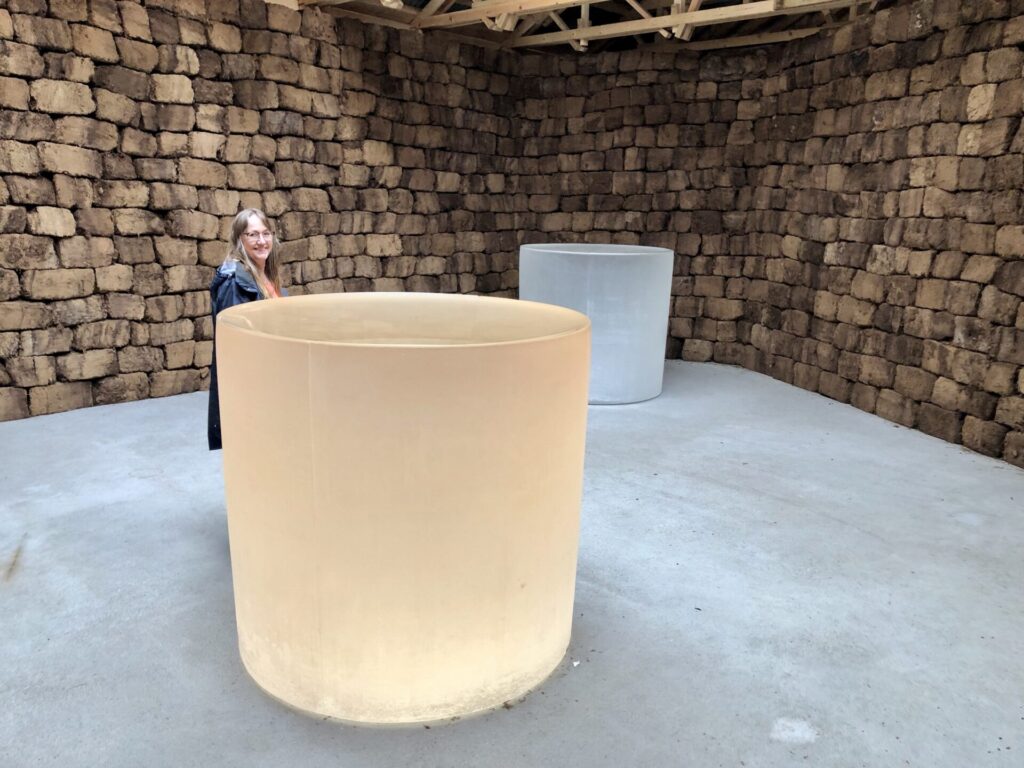
I
In combination with the Hurtigruten Coastal Express and Norwegian Scenic Route Tourist Varanger, this route can form part of one of Norway’s most beautiful circular trips.
But we drove the same way back to Kokelv, and got to experience the landscape in yet another fascinating way.
The drive is a memorable experience, different from anything else.
Next trip was Honningsvåg and the North Cape

